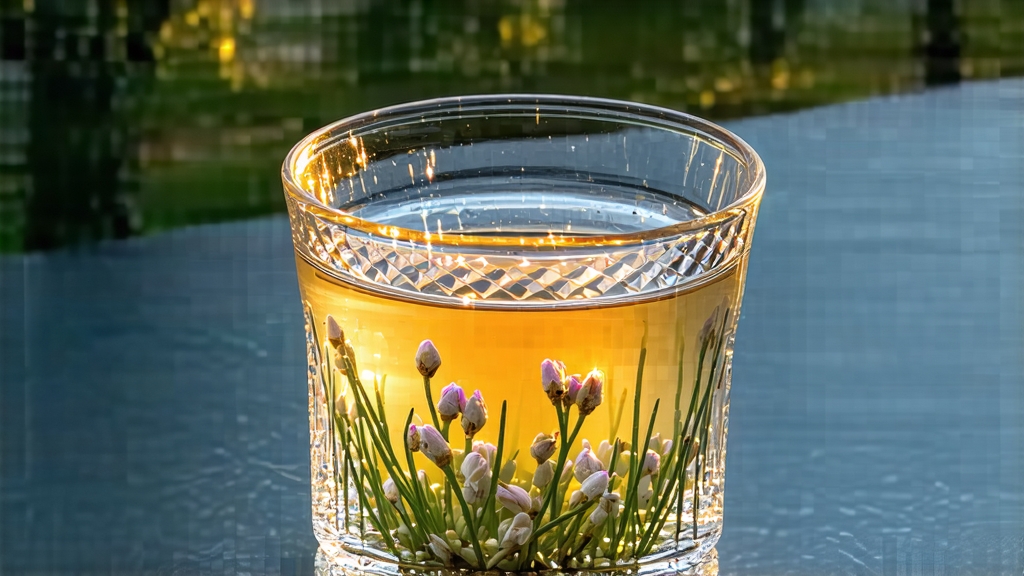
If green tea is the bright youth of Chinese tea culture and pu-erh its venerable elder, then white tea is the culture’s quiet philosopher—aged yet ageless, speaking in murmurs only the attentive can hear. Among the six major families of Chinese tea, white tea is the least tempered by fire or rolling, cherished precisely because it arrives in the cup almost exactly as it left the garden. Within this minimalist lineage, no expression is more revered than Bai Hao Yin Zhen—translated literally as “White Hair Silver Needle”—a tea composed entirely of unopened buds picked for a few fleeting spring mornings each year. To understand Silver Needle is to understand how Chinese artisans transformed the simple act of drying leaves into a meditation on restraint, terroir, and time.
Historical whispers
White tea’s documented history reaches back to the Song dynasty (960-1279), when emperor Huizong praised its “cool, jade-like sweetness” in his Treatise on Tea. Yet Silver Needle as a distinct grade did not crystallize until the late eighteenth century in Fujian’s northeast, where the cultivar Fuding Da Bai Hao (“Big White Hair”) displayed unusually plump buds covered in a downy, silvery film. Imperial tribute lists from the Jiaqing era (1796-1820) first itemize “Yin Zhen” separately, noting that each pound required roughly thirty thousand buds, all picked before the Qingming festival when spring mist still lingered over the Min River valley. Because the finished tea looked like tiny spears of frosted jade, court poets compared it to “moonlight solidified,” a metaphor that still graces export tins today.
Terroir and cultivars
Authentic Silver Needle hails almost exclusively from two counties of Fujian province: Fuding and Zhenghe. Though only 120 km apart, their mesoclimates diverge. Fuding, nearer the coast, enjoys cooling oceanic breezes that encourage slow, even withering; teas from here tend toward orchid fragrance and a buoyant, buoy-textured liquor. Zhenghe, tucked higher into the Wuyi foothills, experiences wider diurnal swings, yielding buds with slightly thicker down and a deeper, marzipan sweetness. A third, lesser-known micro-origin, Jianyang, produces needle-style tea from the Xiao Bai (“Small White”) cultivar; connoisseurs prize its faint citrus note, though it lacks the brocade-like finish of Fuding’s Da Bai Hao. Regardless of origin, only buds plucked before the third week of March—when they reach 2.5 to 3 cm yet remain unopened—qualify for top-grade Yin Zhen.
Craft: the art of doing almost nothing
Unlike green tea, whose verdancy is locked in by pan-firing, or oolong, whose identity is coaxed out through bruising and baking, Silver Needle is the product of subtraction rather than transformation. Once picked, the buds are laid upon bamboo trays in naturally ventilated barns where moisture, aroma, and enzymatic activity are allowed to ebb and flow for 36–48 hours. This stage, called “withering,” is anything but passive: every thirty minutes the tea master shuffles the trays, monitoring ambient humidity with the same intensity a sake brewer watches koji. If the air is too dry, the down will oxidize prematurely, turning ochre and lending a hay-like roughness; too moist and the buds sour, acquiring an unshakable fishy note. When the bud’s moisture drops to roughly 10 percent, a final 20-minute “sun-basking” may occur on crisp mornings, a nod to ancient techniques that predated electric fans. Yet no rolling, no frying, no charcoal roasting follows—only careful sorting to remove any stem or leaf that might disrupt the tea’s pale symmetry.
Grades and ageability
Western vendors often market Silver Needle as a single luxury good, but Chinese wholesalers recognize four ascending grades: Qingming Extra, Qingming A, Yuqian (pre-grain rain), and Jian Bai. The first two must be picked before April 5 and contain at least 95 percent intact buds; anything later or leafier is relegated to “white peony” or “tribute eyebrow” categories. Intriguingly, Silver Needle is one of the few white teas that rewards deliberate aging. When stored below 25 °C and 60 % relative humidity, the buds darken to pewter and develop notes of dried longan, sandal